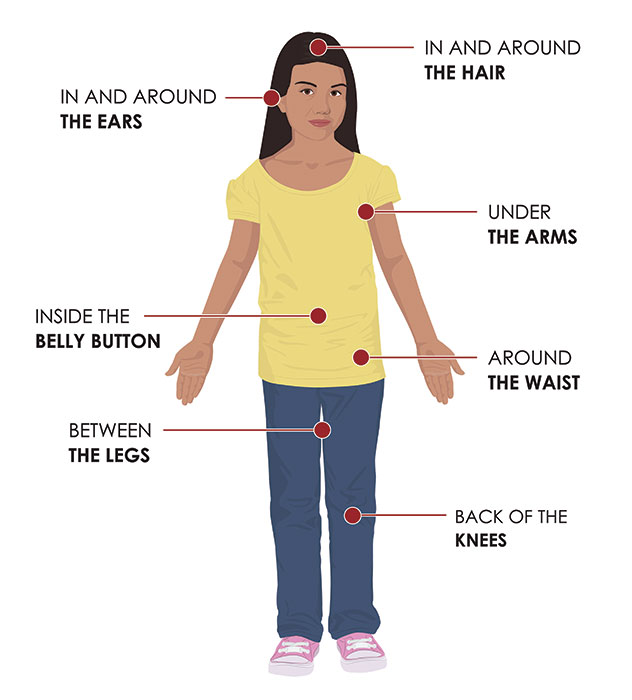
How did anyone ever parent before smartphones? We all know the scenario: a family is sitting at a restaurant eating dinner and a young child gets restless. A parent hands over a phone or a tablet to keep them occupied while they finish their meal and have a nice conversation. This seems innocent enough, but we are learning that when we hand over screens or place a child in front of the TV, we are doing it at the expense of their language and socio-emotional development as well as physical exercise.
Time that a child spends staring at a digital device, or screen time, is time they are not interacting with other people. Learning to bond and interact with others is crucial for children starting at a very early age. Now, I’m not saying that parents need to engage in deep conversations or read books every time they interact with their child. Simple conversations with a young child, even narrating your activities helps. Screen time is a strictly passive activity. Kids are rarely, if ever interacting with a screen in a meaningful way. However, even the most basic of activities, such as building and knocking down towers of blocks, doing puzzles together or scribbling with crayons on a piece of scrap paper (or a napkin) help teach kids cause and effect, and foster human interaction. These are invaluable for stimulating language development and creating a healthy emotional foundation.
A child that has more than the recommended exposure to screens at a young age is more likely to lead a more screen-filled, sedentary lifestyle as a teenager and beyond. This often goes hand in hand with mindless, unhealthy eating. Kids playing video games all day aren’t usually reaching for apples and carrots. People with active lifestyles that include regular exercise and exposure to the outdoors tend to be more physically and mentally healthy in the long run. My recommendation to parents is to turn of the television and put handheld devices away. This is true for both kids and adults. It’s hard to ignore a TV that’s on or a phone that’s blinking with a notification. Parenting without screens is certainly more challenging, especially in the early years, but it’s definitely worth the investment in the long-run. Teaching your child to entertain him/herself without the aid of screens will benefit them throughout their childhood.
So, what are the age-based recommended limitations on screen time? Below are the recommendations from The American Academy of Pediatrics. Remember though that at ALL ages, less is more, especially in preschool/early elementary-aged kids.
Under 2 years of age: No screen time
Ages 2-5: Limit to one hour of screen time per day
Ages 5 and up*: Consistent limitations on screen time, ensuring children have healthy physical activity and sleep schedules as well as personal relationships and interactions.(*Notice this says “and up”. Screen time limitations are for everyone, not just children. It’s important for adults to limit the amount of time they spend plugged-in, not only for their own well-being, but to set a great example for children).You can start by being aware of just how much time your family is spending in front of a screen. Jot down the number of minutes per day on a piece of paper on your refrigerator, or try this tool from the American Academy of Pediatrics, to create a customized family media plan: Family Media Plan
Originally posted July 2019










